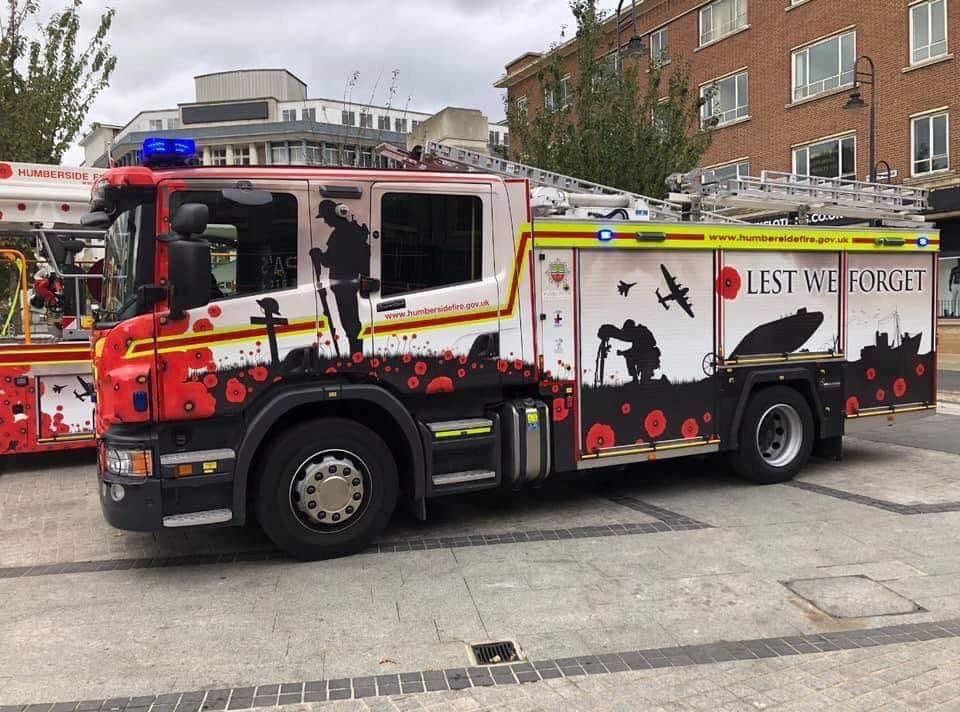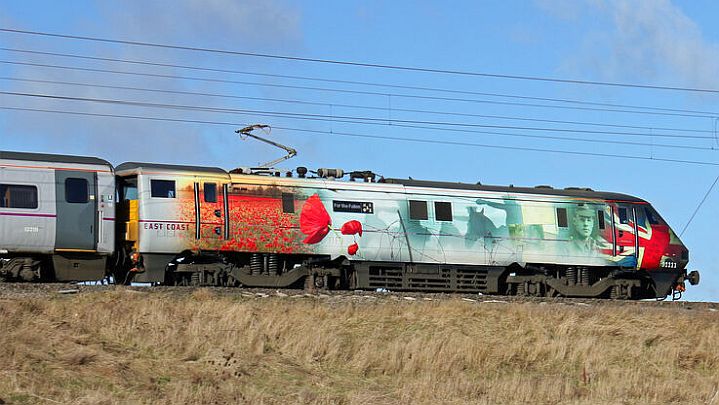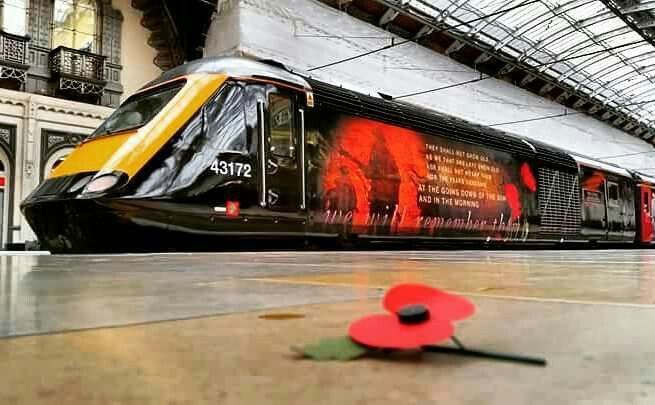First sold after the First World War, Remembrance Poppies are seen everywhere across the UK in the weeks before Armistice Day and Remembrance Sunday.
Armistice Day and Remembrance Sunday
Armistice Day is the 11th November every year, the day the guns fell silent in World War One at the 11th hour of the 11th day of the 11th month. Remembrance Sunday is the Sunday closest to the 11th November. Some years Remembrance Sunday and Armistice Day fall on the same day.
Symbolism Of Remembrance Poppies
The poppy was one of the first things to grow back on the battlefields of World War One and were referenced in the poem “In Flanders Fields“. The red is evocative of the blood spilt. The leaf of the Royal British Legion poppies is frequently worn at the 11 o’clock position to symbolise the time when the First World War came to an end.
Remembrance Poppies In The UK
There are two main types of poppy in the UK, the double petal design produced by the Royal British Legion and the four petal design produced by the Lady Haig Fund in Scotland. The first poppies were sold in 1921 to raise money for people who had served in the armed services.
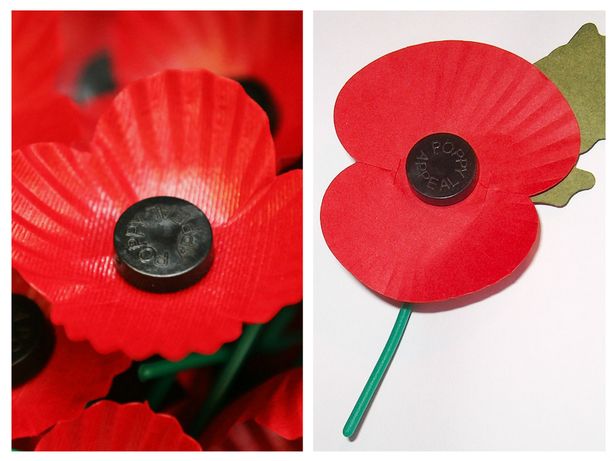
Poppy Colours
Most poppies are red but there other colours worn. Purple poppies remember animals who have served such as horses, dogs and pigeons. In London there is a memorial to the animals who have served in wartime. White poppies remember all casualties of war, civilian and military, on all sides of conflict and are sold by the Peace Pledge Union.
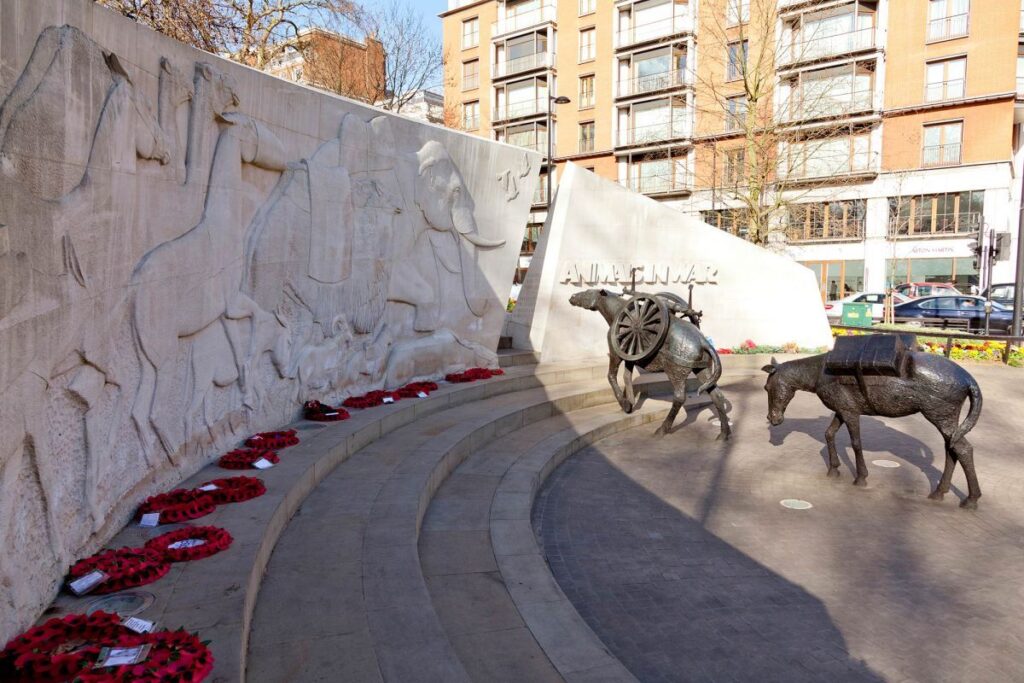
Poppies Everywhere
Some examples of poppies seen around the UK over the years.
